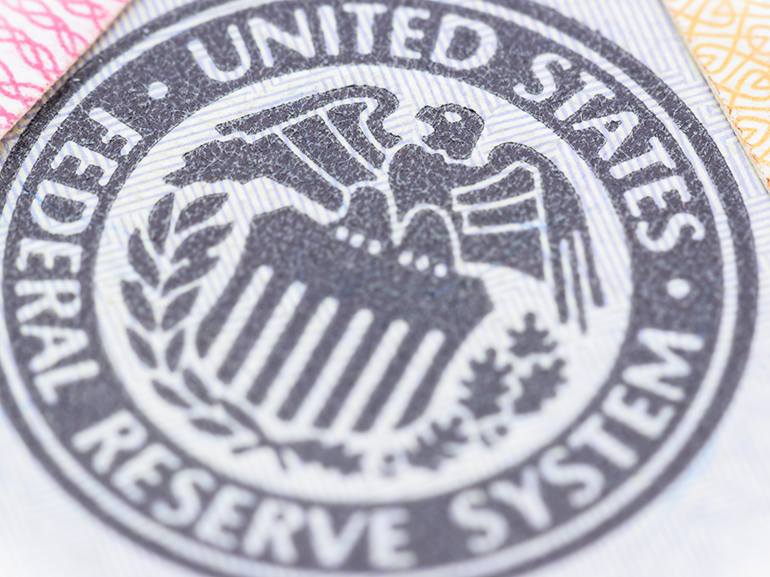What Are Interest Rates and How Do They Work?
Given the overarching inflationary economy around the world, it is safe to assume that whether on the news, social media, or from your financially-enthusiastic friend, one way or another, you might’ve heard of interest rates. Specifically, hiking interest rates to perhaps combat inflation and a possible recession. So what are interest rates, how do interest rates work, why do interest rates matter, what are the different types of interest rates, and how do interest rates affect inflation?

TL;DR
Interest rates are the percentage earned on savings or paid on loans.
They influence everything from personal finances to the broader economy, especially in controlling inflation.
Types of interest rates include fixed interest, variable interest, and annual percentage rates.
When inflation goes up, central banks usually hike interest rates.
What Is an Interest Rate?
An interest rate can either be the percentage you’ve earned from the money you saved or you owe your borrower. For example, if you take out a loan from the bank, then the interest rate is the percentage of the money you need to pay the bank in return for it granting you the loan. On the flip side, if you save up money in a savings account, the interest rate is the percentage you’ve earned in response to saving money. This is why many banks use interest rates to incentivize customers to open savings accounts.
How Do Interest Rates Work?
Since an interest rate is a percentage of the amount of money saved or borrowed, the overall price of the loan or saving becomes affected by it. Accordingly, higher interest rates mean you earn more money from your savings. On the other hand, higher interest rates mean you need to pay more money to your lender. (Source: Bank of England)
What Are the Different Types of Interest Rates?
Interest rates come in different types, some of which are Fixed Interest, Variable Interest, and Annual Percentage Rate (APR). So, what is a Fixed interest rate? Fixed Interest is considered one of the most common types of interest rates. This type of interest usually refers to the amount of money a borrower has to repay his lender in return for the loan. As the name implies, this type of interest is fixed, i.e., predetermined and stable, and is usually decided on before the inception of the agreement between the lender and the borrower. (Source: WallStreetMojo)
When talking about Variable interest rates vs. Fixed interest rates, as opposed to the latter, which are stable in value, Variable interest rates, fluctuate over time based on periodic changes in an underlying benchmark interest rate or index. This means that if the underlying index or interest rate depreciates, then the amount of money you owe your lender decreases. In a similar vein, if the underlying index or interest rate rises, then the amount of money you owe your lender will increase.
Lastly, the Annual Percentage Rate (APR) is the amount of interest you pay on a yearly basis in return for borrowing money. In addition to the interest, the APR includes the fees one has to pay in order to borrow money. Thus, the higher the APR, the more you'll pay over time. Moreover, this type of interest is popular among credit card companies.
Why Do interest rates Matter, and How Do interest rates Affect Inflation?
The main significance of interest rates lies in the fact that they directly impact inflation, deflation, and recession. In times of high inflation, like those recently observed around the globe, central banks raise interest rates in order to combat it.
Additionally, interest rates are important because not only do they affect borrowing costs and financial decision-making, but they also shape the economy in that interest rates alter the formation of labor and resources. In other words, industries’ growth, shrinkage, and financial deployment are affected by interest rates. (Source: ConsumerFinance)
Why Are interest rates Going Up or Down?
Interest rates can go up or down based on inflation rates. So, for example, when inflation is stubbornly high, a central bank may decide to hike interest rates, and vice-versa.
Conclusion
Interest rates play a vital role in shaping the financial landscape, directly influencing your savings, loans, and broader economic conditions like inflation and recession. Whether you're borrowing money or saving it, understanding how interest rates work is crucial to making informed financial decisions. Higher interest rates benefit savers by offering more returns, but they can also burden borrowers with more expensive repayments. Conversely, lower rates may offer cheaper borrowing costs but lead to less attractive returns for savers. With central banks adjusting interest rates to manage inflation, understanding these dynamics helps individuals and businesses navigate economic fluctuations more effectively.
FAQs:
What are interest rates?
Interest rates are percentages you either earn on savings or owe on borrowed money. They determine the cost of borrowing or the return on savings.
How do interest rates affect inflation?
Higher interest rates typically reduce inflation by discouraging borrowing and spending, while lower rates encourage borrowing, which can fuel inflation.
What is the difference between fixed and variable interest rates?
A fixed interest rate stays the same throughout the loan term, whereas a variable interest rate can fluctuate based on market conditions.
What is APR?
APR (Annual Percentage Rate) includes the interest rate plus additional fees you may need to pay to borrow money, giving a more comprehensive view of the true cost of borrowing.
Why are interest rates rising?
Interest rates usually rise to combat high inflation. Central banks increase rates to slow down borrowing and spending, which helps lower inflation.







